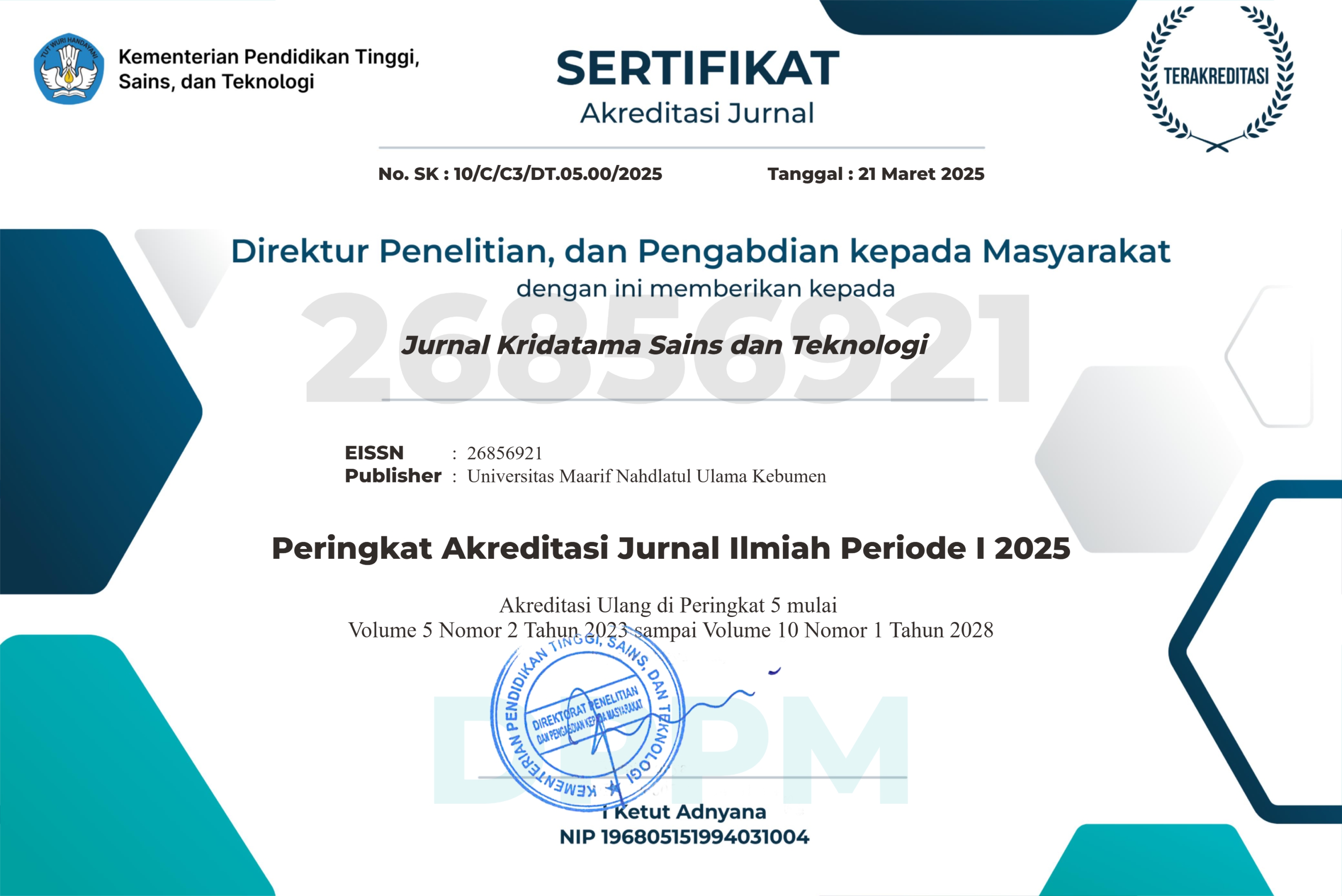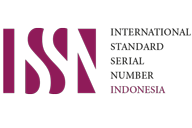Studi Perencanaan Angkutan Umum dalam Kampus (Studi Kasus: Universitas Brawijaya)
DOI:
https://doi.org/10.53863/kst.v7i01.1571Keywords:
campus mobility, internal movement, public transportation system, sustainable transportationAbstract
The study aims to design an effective and sustainable public transportation system at Universitas Brawijaya, with the goal of creating a comfortable and efficient campus environment. In this research, factors such as user needs, the physical and social characteristics of the campus area, and sustainable transportation principles are thoroughly considered. The methodology used is a descriptive quantitative approach, with the field data collected through observations, questionnaires, and transportation model. This study is expected to address internal mobility issues, support the development of an environmentally friendly campus, and serve as a foundation for better transportation policies and planning in the future. The finding indicates that the internal movement patterns of campus residents, including students, faculty, and academic staff, tend to follow a one-way route, moving from the campus entrance to their activity locations and then returning. Movement between different activity locations, such as between faculties, rarely occurs. The movement survey generated a desire line, which led to the proposal of three alternative routes that can serve all user demand zones within UB campus area. Based on the calculations, 28 vehicles with a capacity of 14 passengers per vehicle are required during peak hours to serve all campus routes. The proposed routes cover the entire campus area, with maximum walking distance of 200 meters, ensuring that campus resident do not need to walk more than 200 meters to reach the public transport shelters
References
Alba, I., & Susilo, Y. O. (2017). Studi Kelayakan Transportasi: Konsep, Perhitungan dan Analisis. Penerbit Andi.
Direktorat Perencanaan dan Pengembangan UB (2023). Profil Universitas Brawijaya dan Data Fasilitas Kampus. Universitas Brawijaya.
Kementerian Pekerjaan Umum. (2014). Peraturan Menteri Pekerjaan Umum No 03/PRT/M/2014 tentang Pedoman Perencanaan, Penyediaan dan Pemanfaatan Prasarana dan Sarana Jaringan Pejalan Kaki di Kawasan Perkotaan. Jakarta: Kementerian Pekerjaan Umum
Nur, N. K., Rangan, P. R., Mahyuddin, Halim, H., Tumpu, M., Sugiyanto, G., Radjawane, L. E., Ahmad, S. N., & Rosyida, E. E. (2021). Sistem Transportasi. Yayasan Kita Menulis.
Rahma, S., Wijayanti, G. M., & Saraswati, Z. F. (2021). Kajian Kebutuhan Angkutan Layanan Pergerakan Internal Kampus Institut Teknologi Sumatera. Fropil, 9(1), 1 - 10. https://doi.org/10.33019/fropil.v9i1.2298
Rizki, A. H. (2018). Analisis Kebutuhan Angkutan Umum Rute Bandara-Kenten, Palembang. (Laporan skripsi, Universitas Sriwijaya, Fakultas Teknik, Jurusan teknik Sipil). Universitas Sriwijaya.
Tamin, O. Z. (2000). Perencanaan dan Pemodelan Transportasi. Bandung: ITB.
Widayanti, F. R., & Mahardi, P. (Tahun). Analisis Kebutuhan Sarana Penghubung Kampus Universitas Negeri Surabaya Berdasarkan Persepsi Pengguna (Tenaga Pendidik dan Mahasiswa). IJOCET: Indonesian Journal of Civil Engineering and Technology, 8-13.
Downloads
Published
How to Cite
Issue
Section
License
Copyright (c) 2025 Putri Dwi Kinanti Djahamouw, Desri M. Hale Kore

This work is licensed under a Creative Commons Attribution-ShareAlike 4.0 International License.
Authors retain copyright and grant the journal right of first publication with the work simultaneously licensed under a Creative Commons Attribution-ShareAlike 4.0 International License that allows others to share the work with an acknowledgment of the work’s authorship and initial publication in this journal

















